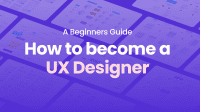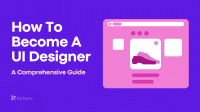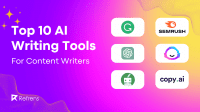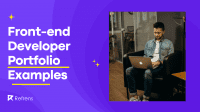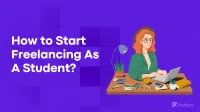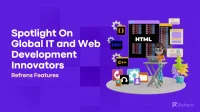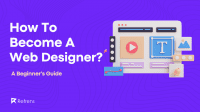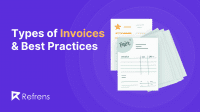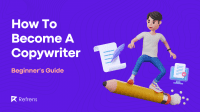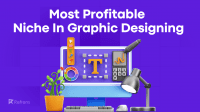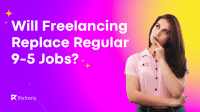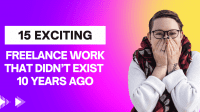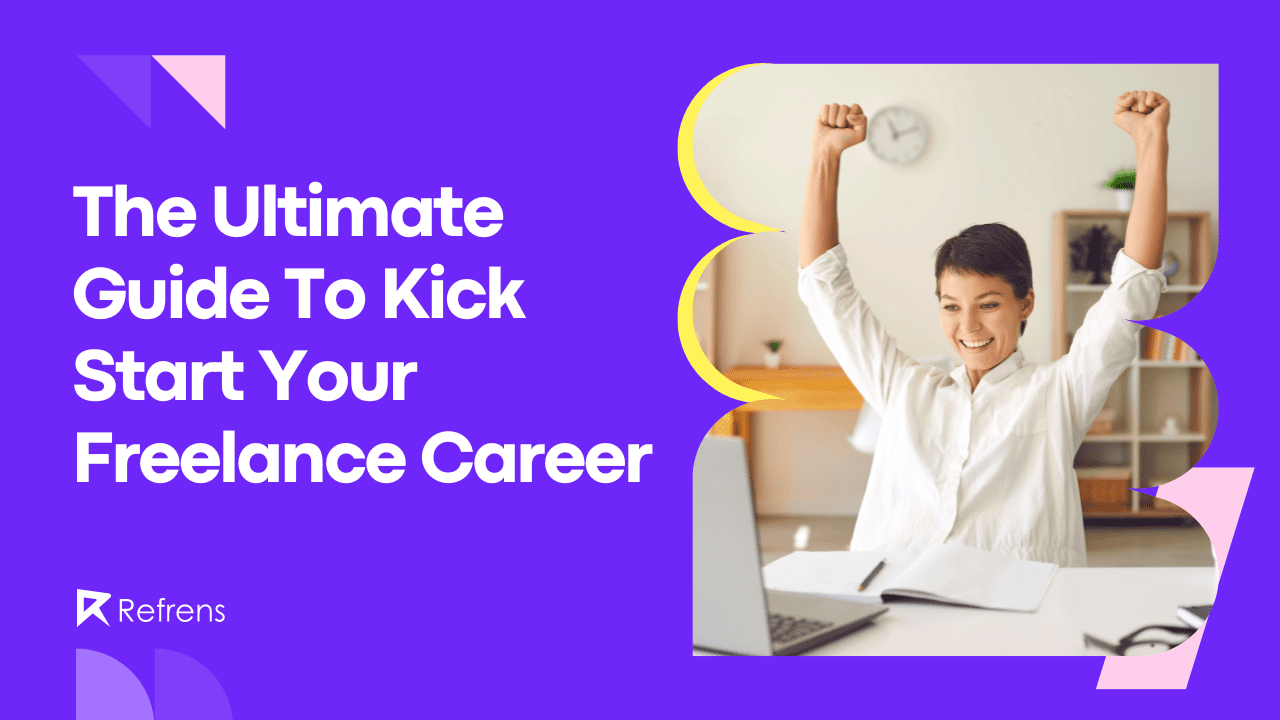With his love for mathematics and the wish to solve daily life problems, Ranjan developed his interest in UX. He began his career as a graphic designer but later moved into user experience design. A published author, he believes he has more stories to tell and will write a minimum of 10 more books. He cherishes his experience of working with clients from around the world and the exposure to different cultures of design and art. He uses up-selling methods to generate leads and considers flexibility as a major advantage to freelancing. We wish him success as he ventures towards making the world an example of minimalism and simplicity.
Read his freelancing journey here:
Introduce yourself to us? Where are you from? About your family, parents? How was your childhood?
I am originally from Jharkhand and I was born in a town called Hazaribagh. My childhood was pretty great. I was always playing and I was really good in studies as well but I was more of an artist then a gamer. I loved sketching and I loved to play chess.
Why did you choose to do UX designing? Tell us about your interest in developing products? What fascinates the most to you about your career choice?
My favorite subject in school was mathematics and I always loved mathematics even when I grew up so in a way I’m trying to say that I love problem solving and that is why I think I came into UX. UX is more about problem solving; building new technology to solve daily life problems. At first I started my journey as a graphic designer. I came to Mumbai in 2006 and worked with a few advertising agencies until 2011. In 2011, I started working as a UI designer for a microfinance company. From there I realized that I was more into user experience design then graphic design. After that I have always been exploring and learning.
In the past 10 years, I have worked on multiple platforms. I have worked on various projects with various clients from all over the world. I have explored into the finance, logistics, health-care, education and e-commerce segment. Over the period of time, tools have been changing with UX design. I remember the first time I used Adobe Photoshop for Ux Design. Now, I work on a multi cross platform with Figma, Sketch and Adobe Xd. It really depends on what kind of clients and what kind of platform I am building.
Most of us designers are fascinated with Ux design and designing technology because it helps us solve problems and it helps us simplify solutions for the World. User experience design certainly gives me the focus and thrill anyone could ask for in life.
We know that you are an author too. Writing, designing and software development is an interesting mix. Talk to us about how this works for you?
Apart from user experience design, I have also been writing for a very long time. At first, I started writing poems but later on I went on to write this book (Dream Escape). I always wanted to write my book and so I started writing it in 2017. I finished one part of the book and published it as an ebook. I have so many more stories to tell I will be writing at least 10 more books in future.
Why did you choose to freelance? When did you begin to freelance? Were you planning it, or how did it happen?
I think for freelance designers there is always a new option or opportunity available. I have been freelancing since the beginning of my career. I worked in a few companies but freelance clients always looked for me. Freelancing was more of a viable option for me. In 2017, I decided to do home studio full time, which helped me to connect with more and more people in the world. I have constantly been working with clients from all over the world and learning different cultures of design and art.
As a freelancer, how are your services priced? What are the key strategies for you?
As a freelancer, I have put my pricing in three different ways,
- Monthly retainer-ship,
- Project Basis (prices differ as per the complexity of the App),
- Number of days it would take for the project to complete.
Tell our readers about ‘How to build and use your network effectively’ as a freelancer?
I connect with design leaders from all over the world. I use up-selling methods to generate leads. I believe that the larger your connections are, the increased number of projects you get automatically.
What is the one major pro and/or con of freelancing, according to you?
One of the biggest advantages of freelancing is that you can work from anywhere and anytime. Being in the creative industry it’s very important to work at a time when you feel that your creativity is at its peak. It is a very subjective thing and therefore differs from person to person.
What is the one thing about clients that you dislike? What can they do to improve your work life?
One of the most important things for designers and clients is to build trust. Building trust with every new client is difficult at the beginning, but if you have a set of terms which you can use for all the clients, it works.
Be transparent and honest when establishing a relationship. When your terms are clear, clients stay happy and it becomes easier for you to perform. Terms which are usually about payments and deliverable timings.
What’s your best piece of work to date? Why do you think that’s your favourite piece?
I have been working for 10 years on multiple projects, although I cannot say which is my best. I think the best is yet to come. You can look through my portfolios or set a call with me. I can give you my presentation for each of my projects with the same level of excitement.
What mission and vision do you have? How do you want history to look at you?
I have a mission that one day the world would be an example of minimalism and simplicity. This can only happen when all the artists of the world come and work together.
Do you feel content with yourself as you look back or do you think you have missed something?
I feel very much content with myself. I have come quite far all these years. I have learnt a lot and made awesome friends from all over the world.
Ranjan can be reached out on Refrens, Twitter, Facebook and LinkedIn.
With freelancing comes uncertainty and financial instability, read our blog on ‘Financial Management for Freelancers’ to ace your financial planning.

